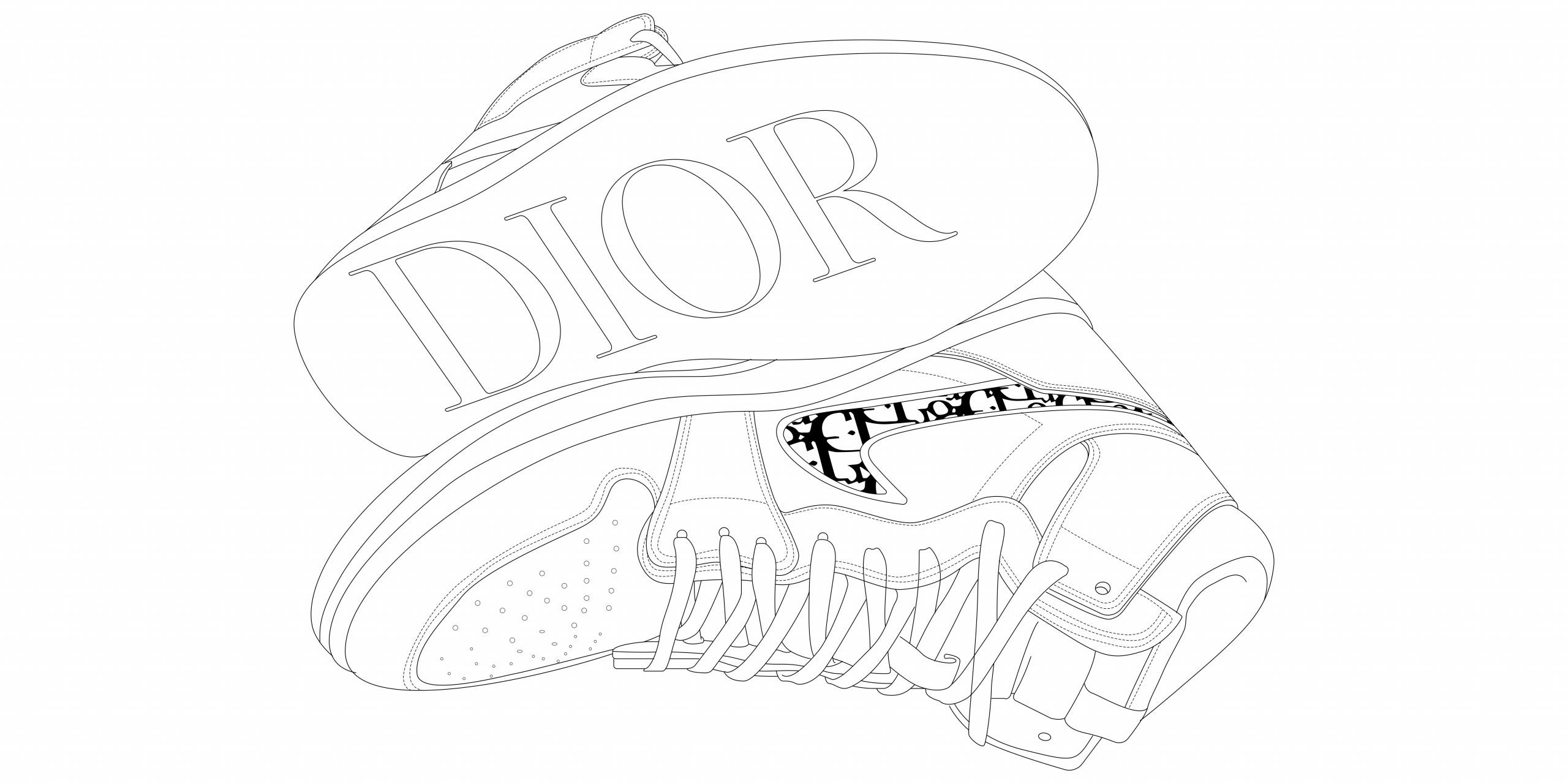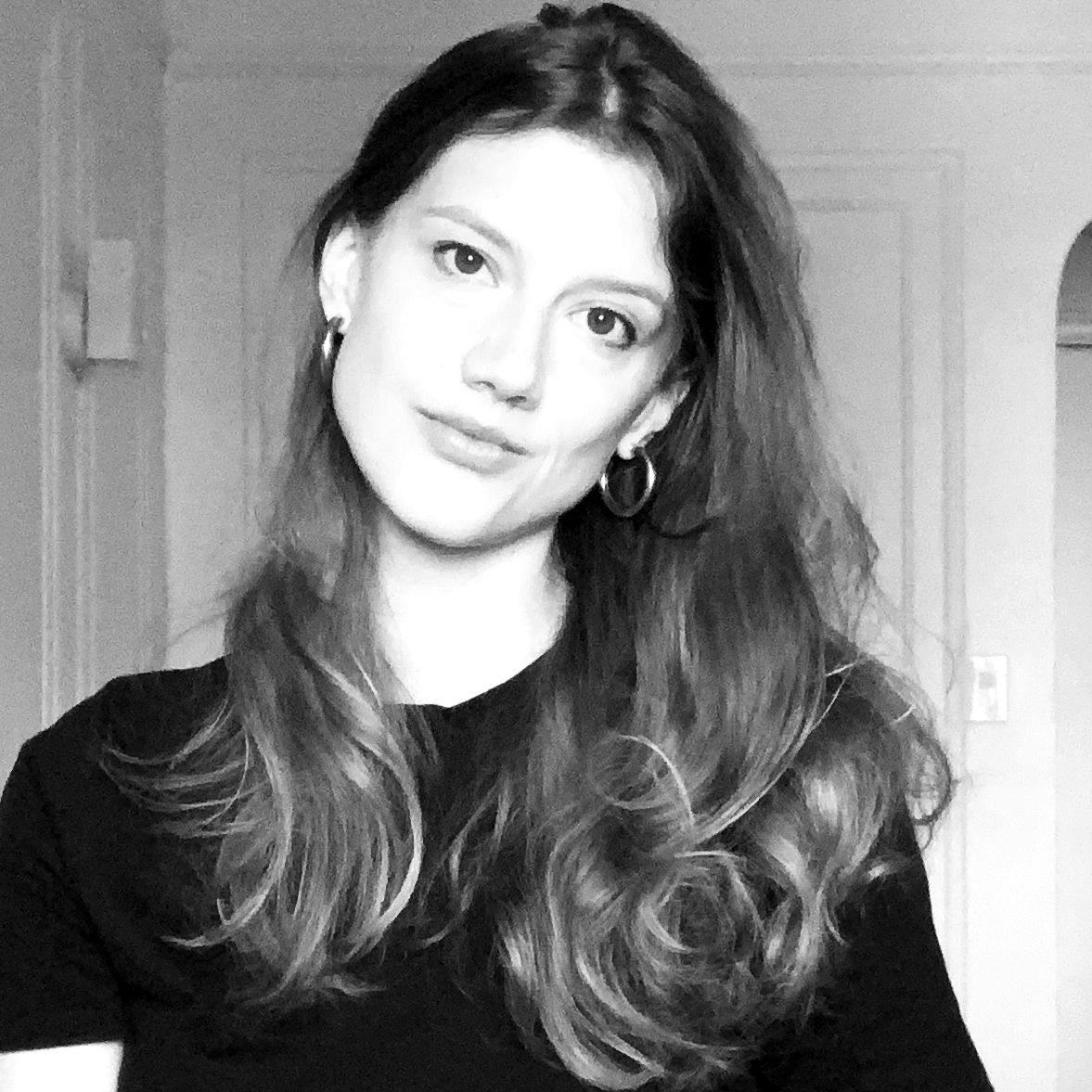When Kim Jones left Louis Vuitton to take over Dior’s menswear division in 2018, it seemed only a matter of time before the British designer replicated the success of his Louis Vuitton x Supreme collaboration with another blockbuster streetwear crossover. That moment arrived a little over a year later when Dior unveiled an Air Jordan 1 collaboration during the Pre-fall 2020 menswear presentation in Miami. The shoe confirmed Dior’s parent company LVMH was not backing away from collaborations, but it also validated a point many knew already: that the basketball sneaker born in the 1980s is as valuable of a brand as the 73-year-old French stalwart. If anything, Jordan’s involvement legitimized Dior’s place in the new fashion status quo, not the other way around.
The collaboration faced some setbacks as the COVID-19 pandemic delayed the Dior Jordans’ release from April until July 2020. But that didn’t derail their success, and the luxury-collaboration-industrial-machine as a whole has only become more saturated since. Prada created perhaps the most obvious sibling to the Dior Jordan with an adidas Superstar collaboration in the fall of 2020. Supreme, no stranger to high-low mashups, set its sights even higher on a Tiffany collaboration the following year. None however have reached the levels of hype as the Dior Jordans, which have fetched more than $10,000 on the secondary market and earned a place in the history books at a presidential inauguration. Could luxury do it again?
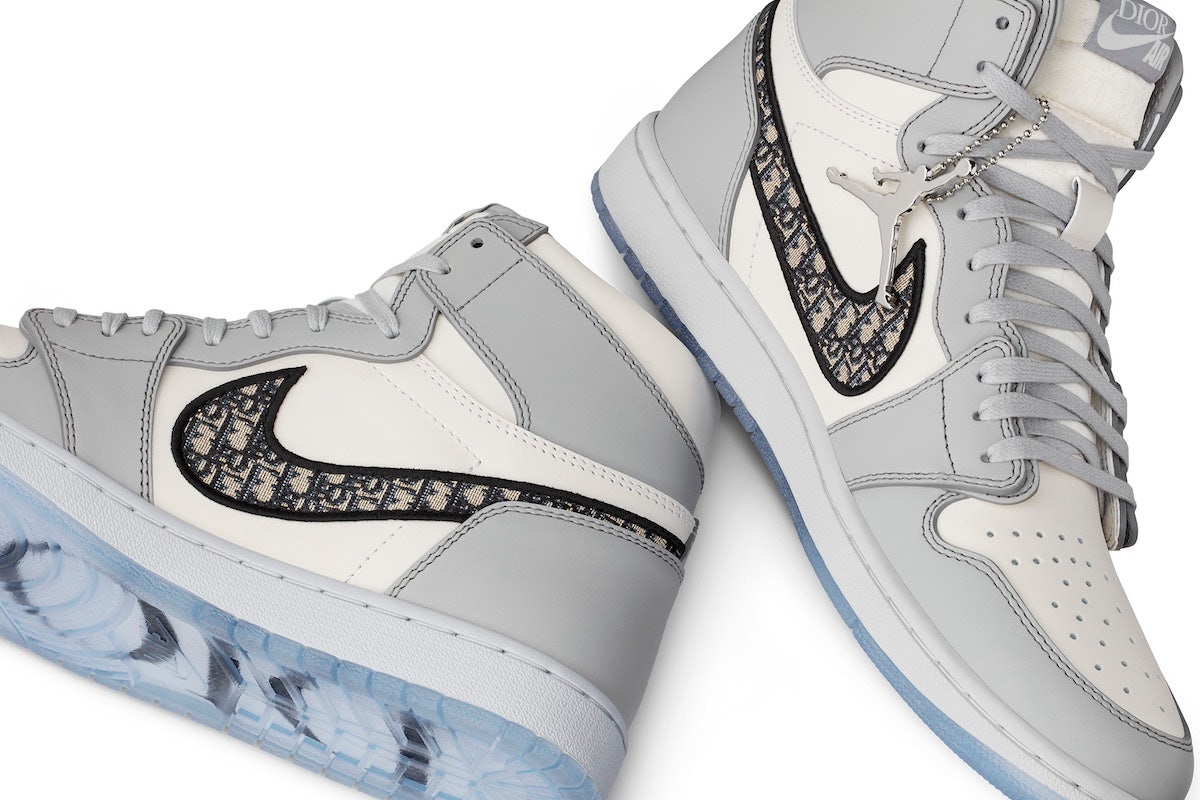
“All special projects need to be special holistically: unique design, special collaboration partner choice, distribution, and production,” says Chris Gibbs, owner of Union LA. “The releases that are the most successful utilize all arrows in their quiver. [Dior Jordan] did that to a tee.”
The Dior Jordan, Gibbs notes, also had the advantage of going first, as in the first collaboration between a major shoe brand like Nike and a European label on par with Dior. But to create a product that appeals to rather than alienates either end of the spectrum requires more than novelty. We break down the key elements that made it possible, and that subsequent partnerships would need to capture to produce a modern collectible like the Dior Jordan.
“It’s hard to beat the first time. But I do think it’s possible,” Gibbs says of the possibility of replicating the Dior Jordan’s success. “Someone would just have to go bigger and better.”
AUTHENTIC CONNECTION#
Before joining Dior, Kim Jones had already made a career of collaborations with creatives, artists and brands of all stripes – even to a fault to some of his critics. But with each one, Jones has professed a deep admiration or longstanding connection with his collaborators, whether that’s Daniel Arsham, Yoon Ahn, or Hajime Soraya.
And that element is particularly important for two brands as gargantuan as Dior and Jordan, which have grown far beyond their namesake founders. Here, Jones is not working with an individual artist after all, but a corporate entity. Dior’s marketing around the collaboration played up Jones’ personal connection to Jordans; in a promotional video for the collection, Jones shows pieces of his extensive Jordan collection that dates back three decades, emphasizing that the collaboration came about because of his love of the shoe and its history, not because an LVMH exec saw a way to capitalize on the unrelenting demand for collaborations (though that may also be true). But Dior’s storytelling around the collaboration also emphasized the work of another key team member: Thibo Denis.
"It was in a lot of ways a sneaker for sneakerheads, and I think that's why it's, to this day, one of the most coveted pairs."
Denis joined Dior’s men’s division as head of footwear design under Jones’ appointment as creative director, but he’d never been so visible a part of the brand until the roll out of the Dior Jordan. Another promotional video showing Denis in conversation with Sean Wotherspoon on the shoe’s design emphasized that this shoe is not made for luxury snobs, but sneakerheads who will geek out over small details like it being only the second Jordan made in Italy since the Air Jordan 2 in 1986. “It was in a lot of ways a sneaker for sneakerheads, and I think that's why it's, to this day, one of the most coveted pairs, both in the lows and in the highs,” says Brahm Wachter, VP, Head of Streetwear & Modern Collectables at Sotheby’s.
USE OF ICONOGRAPHY#
Collaborations frequently rely upon the retooling existing iconography – something recognizable, and reliably popular, made new again. At its most extreme, this strategy can be dismissed as a lazy logo slap, as Supreme was derided for in its take on the Air Force 1 (though proponents of such collabs would say they speak to the power of each entity that they don’t need to do anything more than superimpose their logos on one another).
As can be seen in any past Jordan collaboration, like Virgil Abloh’s seminal “The Ten” or Aleali May’s textured women’s release, there is no retooling that will improve the silhouette of the Air Jordan 1. That puts certain limitations on how much an outside brand can do. But Dior could not simply bathe the shoe in a new colorway or introduce a new textile; the shoe needed to look like more than just a standard seasonal Jordan release to warrant instant collectible status and warrant its luxury price tag.
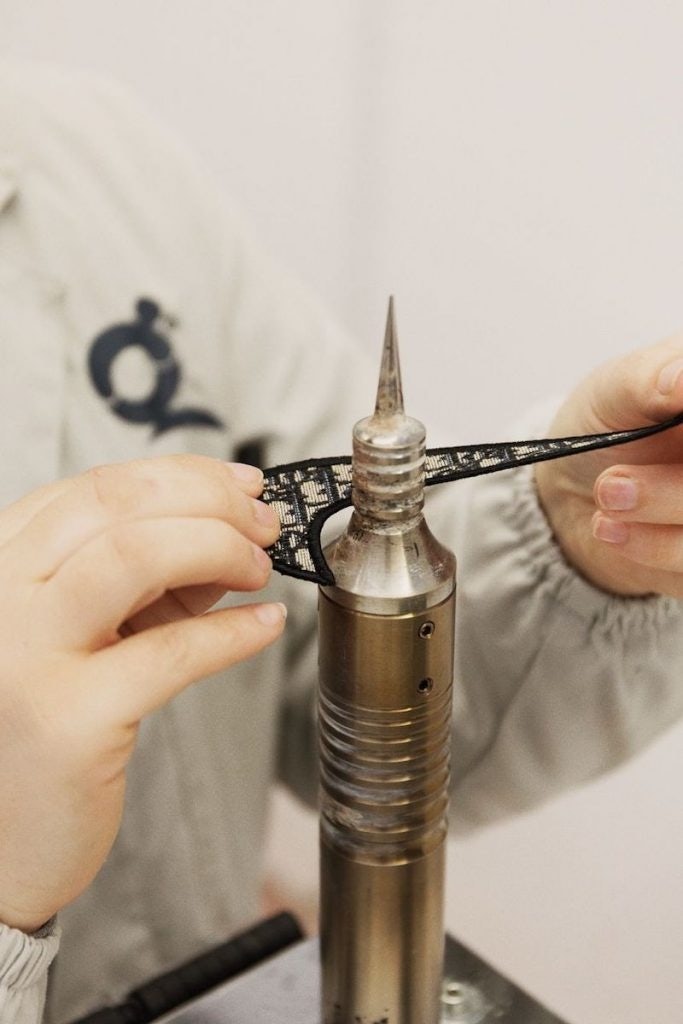
Which meant Dior needed to put a stamp on the shoe that only Dior could do. Enter the Dior oblique, the pattern introduced by then creative director Marc Bohan in 1967 and used on all manner of apparel and accessories ever since, in particular on its hero product, the Dior Saddle Bag. As Denis emphasizes in his discussion with Wotherspoon, the swoosh is slightly larger on the Dior Jordan than the standard Air Jordan 1, specifically in order to make the Dior oblique jacquard more readable. Those small changes, like the use of more prominent stichting in line with luxury handbag techniques, amp up but don’t distract from the classic Jordan look. “The way that the two brands were merged was really spectacular,” Wachter says, noting the unique “Air Dior” branding that appears throughout various elements of the shoe, from the sole to the upper. “You can see the Dior brand and the Dior name. All of those details, when you're speaking to a sneaker collector, they really make a big difference.”
AN EXCLUSIVE COMMUNITY#
Luxury has long since relied on a simple model to create exclusivity: high prices. Streetwear meanwhile has crafted a community based on a shared knowledge of niche brands and releases, with exclusivity typically generated through limited quantities. The Dior Jordans combined both aspects.
Dior created 13,000 pairs of the sneaker; 5,000 of those went straight to top Dior clients, perhaps a disappointing concession for sneaker fans not in the French luxury’s house’s circle, but the remaining 8,000 were made available to the public via a lottery draw. “All the pairs are numbered,” notes Wachter. “Whenever there are numbers like that, what happens is you get half of the population that wants to wear, the other half that wants to collect. And so what really ends up happening is as soon as it's released, 50 percent of the supply is no longer deadstock and so when that happens, of course, the prices go up.” And will continue to go up, as there are even fewer pairs available on the market.
The raffle model in a sense gave a more egalitarian access to the show and attempted to strangulate bots who would otherwise snap up every shoe as it became available only to resell it on the secondary market, but would-be buyers faced still stiff competition: five million people registered in hopes of purchasing the shoe, which is, as WWD helpfully pointed out, “roughly the population of Ireland or New Zealand.” Not to mention the $2,000 price for the low tops and $2,200 for the high tops still cut out the widespread Jordan fans who might be able to reasonably save up for a release in the triple-digit range, but not the quadruple-digit range.
And of course the shoe did still show up on the resale market, for prices that make the $2,000 retail price seem like a bargain. A year and a half after the launch, used pairs can be found on Stadium Goods, The RealReal and Farfetch for up to $20,000 a pop.
KEY SOCIAL MOMENTS#
A delayed release as a result of the growing COVID-19 pandemic did not mean the shoe went away entirely. If anything, it gave Dior more time to stoke up interest in the launch. And few avenues are more valuable for drumming up hype than organic buzz on social media.
It’s one thing for Dior to wax rhapsodic about the beauty of its own product in high-production value clips. It’s another thing for a wide array of artists and tastemakers to wear and subsequently endorse the shoe – and not just in advance of the shoe’s launch, but after as well. Those include Daniel Arsham, who unveiled the low-top version of the shoe in June 2020 and later a distressed version of the high-tops made with designer Phillip Leyesa in December 2020, or The Weeknd, who wore the high-tops in July 2020 and again in February 2021.
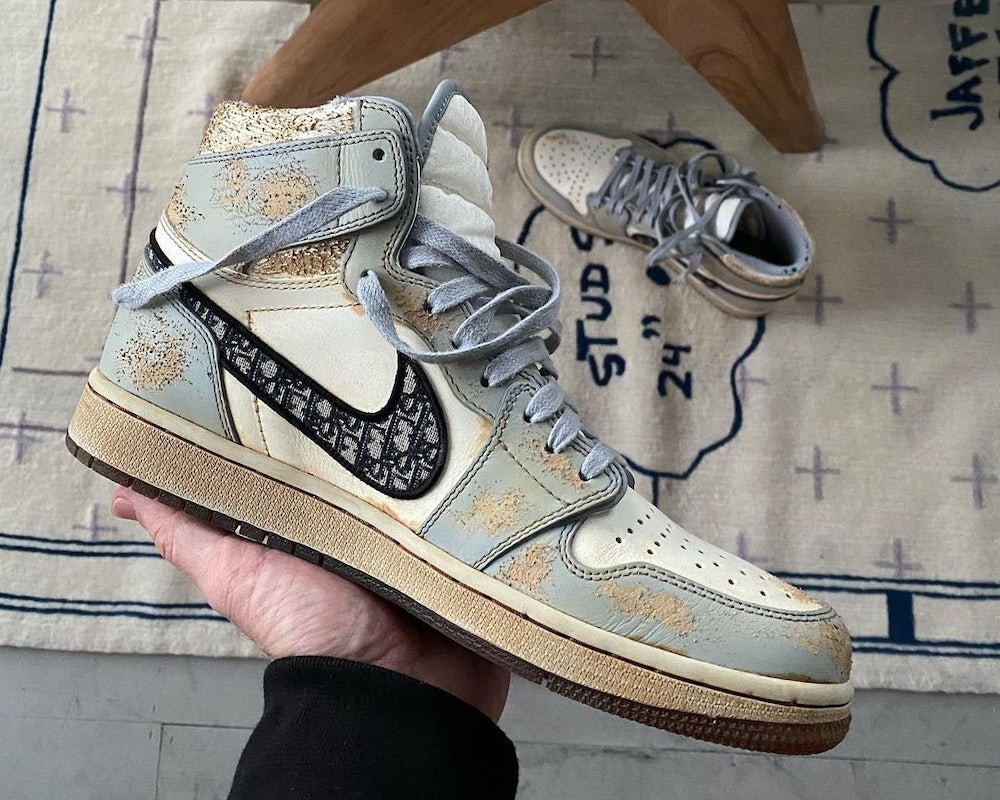
But the presence of the shoe on social media is more a result of the shoe’s success than the other way around. A good collab can’t be generated by engagement alone. “I think that the reason why it was so successful, maybe has less to do with the way that it was rolled out, but more to do with how it spoke to the clients that really cared about it,” Wachter says. “I think if they had rolled it out all in one day and not told a single soul, it would have been just as successful as it is now.”
Almost a year after the launch, rumors swirled that Dior would launch three more iterations of the Air Jordan 1. Those rumors haven’t yet come to fruition, but they serve to keep the Dior Jordan on the radar of sneakerheads, without any actual marketing on Dior’s part.
POP CULTURE CONNECTION#
The Air Jordan 1 is not merely a visually distinct sneaker – there are many of those. It also possesses something much rarer: a firm place in the popular imagination. That much was already clear when the shoes made their first appearance in Miami in December 2019, but the arrival of the docuseries The Last Dance on ESPN in April 2020 (and then on Netflix in July 2020, just when the Dior Jordans finally launched) gave the Jumpman mythos a new stage to walk on. The series let a whole new generation of fans relive the iconic Nike collaborations that Michael Jordan unveiled throughout his career, a reminder of why the Jordan brand is a touchstone that goes beyond fashion and footwear and into sports, film, TV, and more.
Whether the coinciding rollouts for The Last Dance and the Dior Jordans was planned or simply coincidental, the shoes got another pop culture boost that neither Dior nor Jordan could have planned for the following year. At the January 20, 2021 inauguration ceremony for President Joe Biden, a pair of Dior Jordans ignited a Twitter firestorm when they appeared walking down the steps behind Senator Amy Klobuchar. Bobby Hundreds later identified the wearer in question as Nikolas Ajagu, husband to Vice President Kamala Harris’ niece, Meena Harris. In an interview with Complex, Ajagu shared that he picked the Dior Jordans over other sneakers in his collection for their symbolic mix of “classic and new.” A changing landscape of both politics and fashion means not only standards of dress have expanded to accept sneakers alongside formalwear, but also that sneakers can be a luxury item in their own right.
Trendy Instagram or Twitter fits may come and go, but photos from a presidential inauguration will go down in the history books. Few labels will ever come across such a serendipitous moment to display their wares. But then they’d have to create an item so instantly timeless in the first place.
